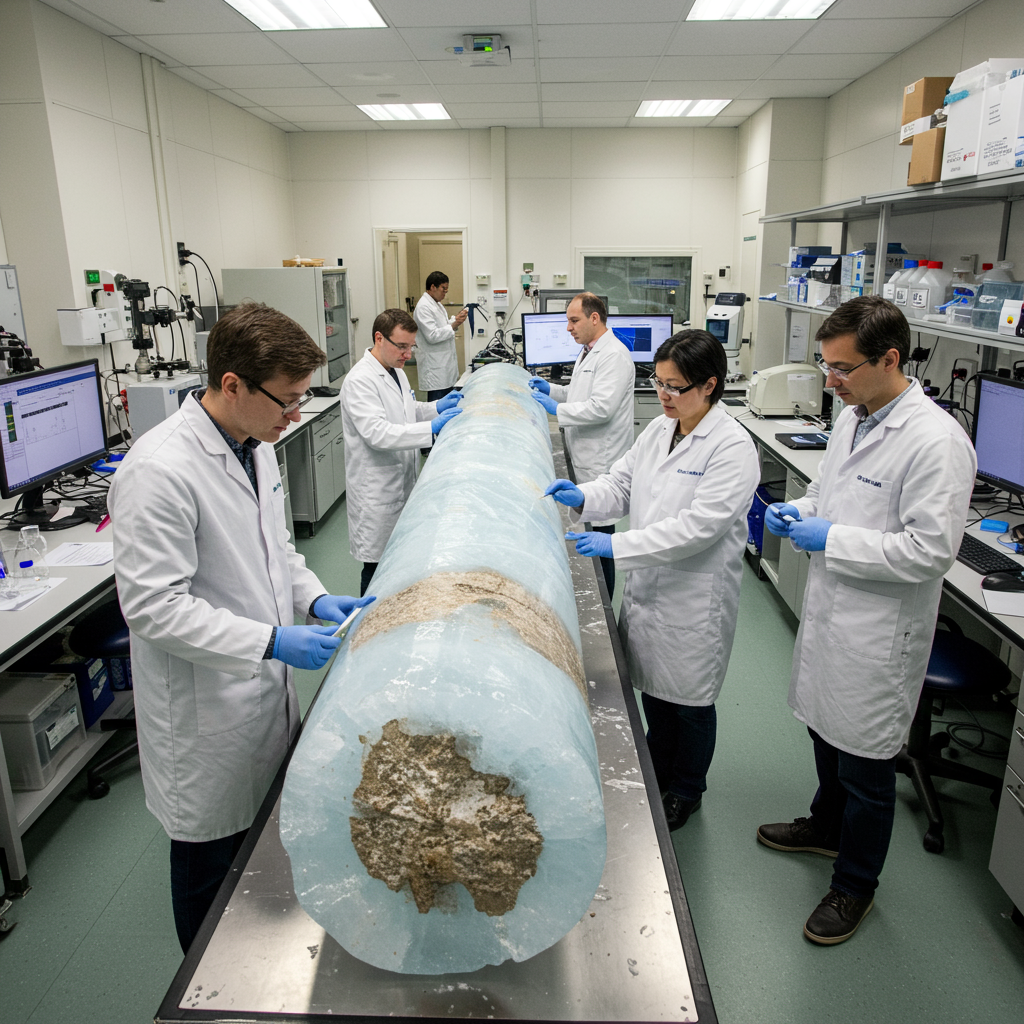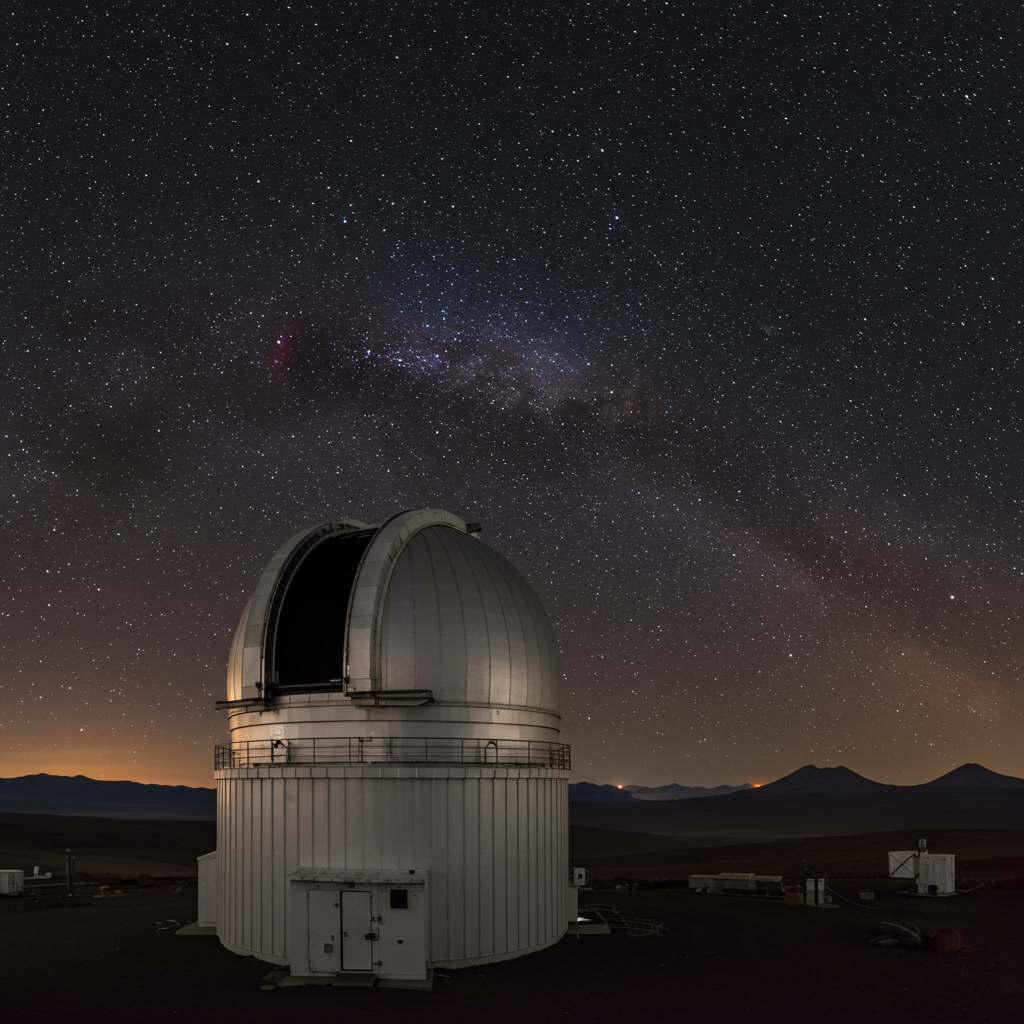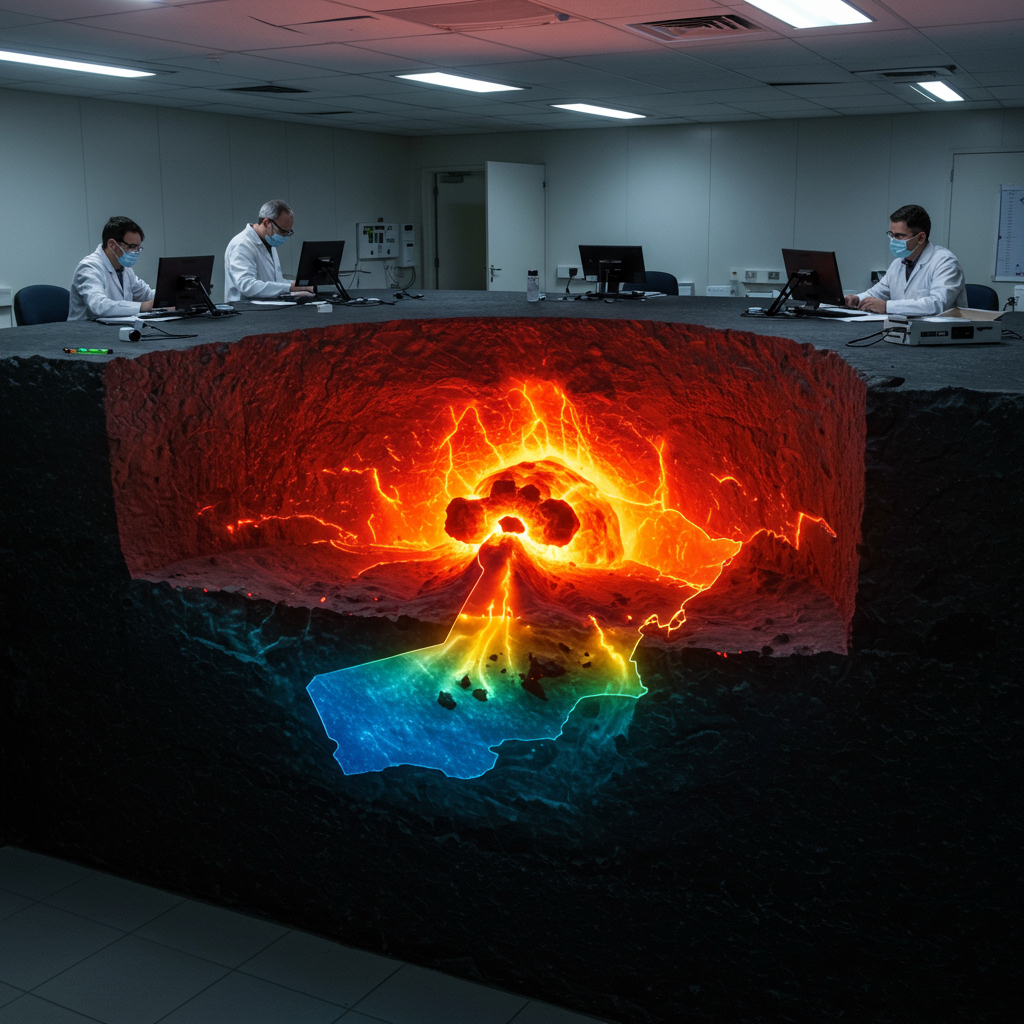Humanity’s quest to understand Earth’s climate past has taken a monumental leap forward as Antarctica’s oldest ice, a precious frozen archive stretching back 1.5 million years, has arrived in the UK for unprecedented analysis. This ancient core offers an unparalleled opportunity to decipher the planet’s most profound climate mysteries, providing critical insights that will shape our predictions for the future. Scientists anticipate this groundbreaking research will not only reconstruct a detailed history of our atmosphere but also reveal the hidden mechanisms driving past climate shifts, offering invaluable context for today’s rapidly changing world.
The Core of the Mission: Unearthing Ancient Climate History
A remarkable scientific endeavor, the “Beyond EPICA – Oldest Ice” project, represents an international collaboration of immense scale. After years of meticulous drilling in the harsh conditions of Little Dome C in East Antarctica, this invaluable ice core, extracted from depths of up to 2,800 meters, has reached the British Antarctic Survey (BAS) in Cambridge. Here, experts will embark on a multi-year analysis to unlock its secrets.
Beyond EPICA: A Global Endeavor
This ambitious project, backed by the European Commission, unites researchers from 10 European countries and 12 institutions. Their collective goal is to push the boundaries of paleoclimate research by reconstructing Earth’s climate history for an unprecedented 1.5 million years. This significant extension goes far beyond the current continuous ice core record, which spans roughly 800,000 years. The effort underscores the global commitment to understanding our planet’s intricate climate system.
Unlocking a Million-Year Mystery
The primary driver behind retrieving this ancient ice is a pivotal scientific question: why did Earth’s climate cycle undergo a dramatic shift approximately one million years ago? During this period, the planet’s glacial-interglacial cycles transitioned from a regular 41,000-year pattern to a much longer 100,000-year phasing. Understanding the triggers and mechanisms of this Mid-Pleistocene Transition (MPT) is paramount. By extending the ice core record past this critical turning point, scientists aim to vastly improve models for how Earth’s climate may respond to future increases in greenhouse gas levels.
Peering Into the Past: What the Ice Reveals
Within the cylindrical tubes of ancient ice, scientists find more than just frozen water. These cores are natural time capsules, preserving minute particles and gases that offer a precise snapshot of Earth’s environment from millennia past. This unique preservation makes ice cores indispensable tools for climate research.
Direct Evidence from Trapped Air
Unlike marine sediment cores, which provide indirect evidence of climate through proxies, ice cores contain tiny air bubbles trapped during their formation. These bubbles are direct samples of Earth’s ancient atmosphere. Through their analysis, researchers can determine past greenhouse gas concentrations, atmospheric temperatures, wind patterns, and even the extent of ancient sea ice. The ice also holds frozen dust, volcanic ash, and microscopic marine algae like diatoms, each offering valuable clues about environmental conditions at the time of their deposition. Dr. Liz Thomas, Head of the Ice Cores team at BAS, highlights that Antarctica provides the longest preserved record of past atmospheric conditions anywhere on Earth.
Advanced Analysis at BAS
At the British Antarctic Survey in Cambridge, the ice core samples will undergo meticulous analysis. The BAS team, supported by UK Research and Innovation (UKRI), has been specifically chosen to lead the impurities analysis of this record-breaking core. They utilize an advanced technique called Continuous Flow Analysis (CFA). This process involves the ultra-slow melting of ice core sections, allowing for the simultaneous measurement of a wide array of chemical elements, particles, and isotopic data. Specialized instruments, including inductively coupled plasma mass spectrometers (ICPMS), will measure over 20 elements, trace metals, sea salts, and indicators of past volcanic eruptions, revealing crucial details about the ancient environment. The initial analysis phase is expected to last seven weeks, conducted in a strictly controlled -23°C freezer room to preserve the core’s integrity.
The Mid-Pleistocene Transition: A Pivotal Climate Shift
The period between 800,000 and 1.2 million years ago is a focal point of this research. The dramatic shift in glacial cycles during this time remains one of the most exciting unsolved questions in climate science. This ice core is poised to provide critical evidence to unravel this mystery.
Why the Cycles Changed
Before the Mid-Pleistocene Transition, Earth experienced ice ages and warmer interglacial periods that typically cycled every 41,000 years, largely driven by variations in Earth’s orbit. Post-MPT, this rhythm shifted to approximately 100,000 years, a change that scientists are eager to fully comprehend. Insights from this previously uncharted period are essential for developing more accurate predictions of how Earth’s climate responds to various forces, including escalating greenhouse gas levels. Researchers believe that during this earlier period, ice sheets were potentially smaller, and sea levels possibly higher, with CO2 levels similar to those observed today, offering a crucial “natural laboratory” for climate study.
Lessons for Future Climate Predictions
The data derived from this ancient ice core will provide the first continuous reconstructions of key environmental indicators spanning 1.5 million years. These include historical atmospheric temperatures, wind patterns, sea ice extent, and marine productivity. Understanding the intricate link between atmospheric CO2 levels and climate during such a pivotal, yet poorly understood, period in Earth’s history is vital. This unprecedented dataset will offer invaluable context for forecasting future climate change, particularly as humanity navigates what many describe as “uncharted territory” with current rapid warming.
The Journey of the Ancient Ice
The extraction and transportation of such a delicate and historically significant sample was a monumental logistical undertaking. Engineers worked for four seasons to drill the 2.8-kilometer core, equivalent to stacking more than eight Eiffel Towers end-to-end. Once extracted from approximately 40km from the Italian-French Concordia research station, the core was meticulously chopped into one-meter blocks. It then embarked on a precise, carefully controlled journey, first by ship and then by specialized cold van, ensuring it remained frozen at -23°C to preserve its integrity before reaching the BAS facility in Cambridge. Cross-sections of this invaluable core have also been distributed to research institutions in Germany and Switzerland, highlighting the truly global nature of this collaborative scientific effort.
Implications for Humanity: Navigating Uncharted Climate Territory
The findings from the “Beyond EPICA” project are expected to significantly enhance our understanding of Earth’s climate system. By illuminating the fundamental drivers of past climate shifts, particularly the Mid-Pleistocene Transition, scientists can refine models and predictions for how our planet will react to present-day climate changes driven by human activity. The presence of dust within the ice, for instance, can yield insights into how ancient ice sheets shrank and contributed to sea level rise, a critical concern given the rapid global warming observed today.
This research offers crucial insights into how Earth’s climate system responds to warming gases. Understanding natural carbon dioxide fluctuations and their impact from over a million years ago provides a vital baseline. As CO2 levels continue to rise due to human activity, the historical record from this ancient ice core becomes an indispensable guide, helping scientists predict future climate scenarios with greater accuracy and supporting informed policy decisions.
Frequently Asked Questions
What makes Antarctica’s oldest ice so crucial for climate science?
Antarctica’s oldest ice is incredibly important because it functions as a unique archive of Earth’s past atmosphere and climate, stretching back 1.5 million years. Unlike other historical records, the ice cores contain tiny air bubbles that directly preserve ancient atmospheric gases, including greenhouse gas concentrations like CO2. They also capture environmental indicators such as dust, volcanic ash, and chemical isotopes. This direct evidence allows scientists to precisely reconstruct past temperatures, wind patterns, and sea ice extent, providing an unparalleled long-term record essential for understanding natural climate variability and predicting future changes.
What is the “Beyond EPICA” project, and where is the ice analyzed?
The “Beyond EPICA – Oldest Ice” project is a major international scientific collaboration funded by the European Commission, involving researchers from 10 European countries and 12 institutions. Its primary goal is to retrieve and analyze the oldest continuous ice core record, aiming to reconstruct Earth’s climate history over the past 1.5 million years. The ancient ice, extracted from Little Dome C in East Antarctica, has been transported to the British Antarctic Survey (BAS) in Cambridge, UK, where initial comprehensive analysis is underway. Other European laboratories will also participate in analyzing different sections of the core over the coming years.
How will data from these ancient ice cores help predict future climate change?
The data from these ancient ice cores will significantly enhance our ability to predict future climate change by offering crucial historical context. By extending the climate record beyond 800,000 years, scientists can study the Mid-Pleistocene Transition (MPT), a period when Earth’s glacial cycles dramatically shifted. Understanding the causes and consequences of this major natural climate shift will improve the accuracy of climate models. The direct evidence of past atmospheric CO2 levels and their corresponding climate responses will provide vital insights into the link between greenhouse gases and global temperatures, helping humanity navigate current and future climate challenges.
Conclusion
The arrival of Antarctica’s oldest ice in the UK marks a new chapter in climate science. This extraordinary ice core, a 1.5-million-year chronicle of Earth’s atmosphere, holds the keys to unlocking long-standing climate mysteries. As scientists at the British Antarctic Survey and their international partners meticulously analyze these frozen secrets, their findings will not only deepen our understanding of our planet’s past but also provide invaluable foresight into its future. The insights gained from this unprecedented undertaking promise to revolutionize climate prediction, arming us with the knowledge needed to better comprehend and adapt to the challenges of a changing world.




